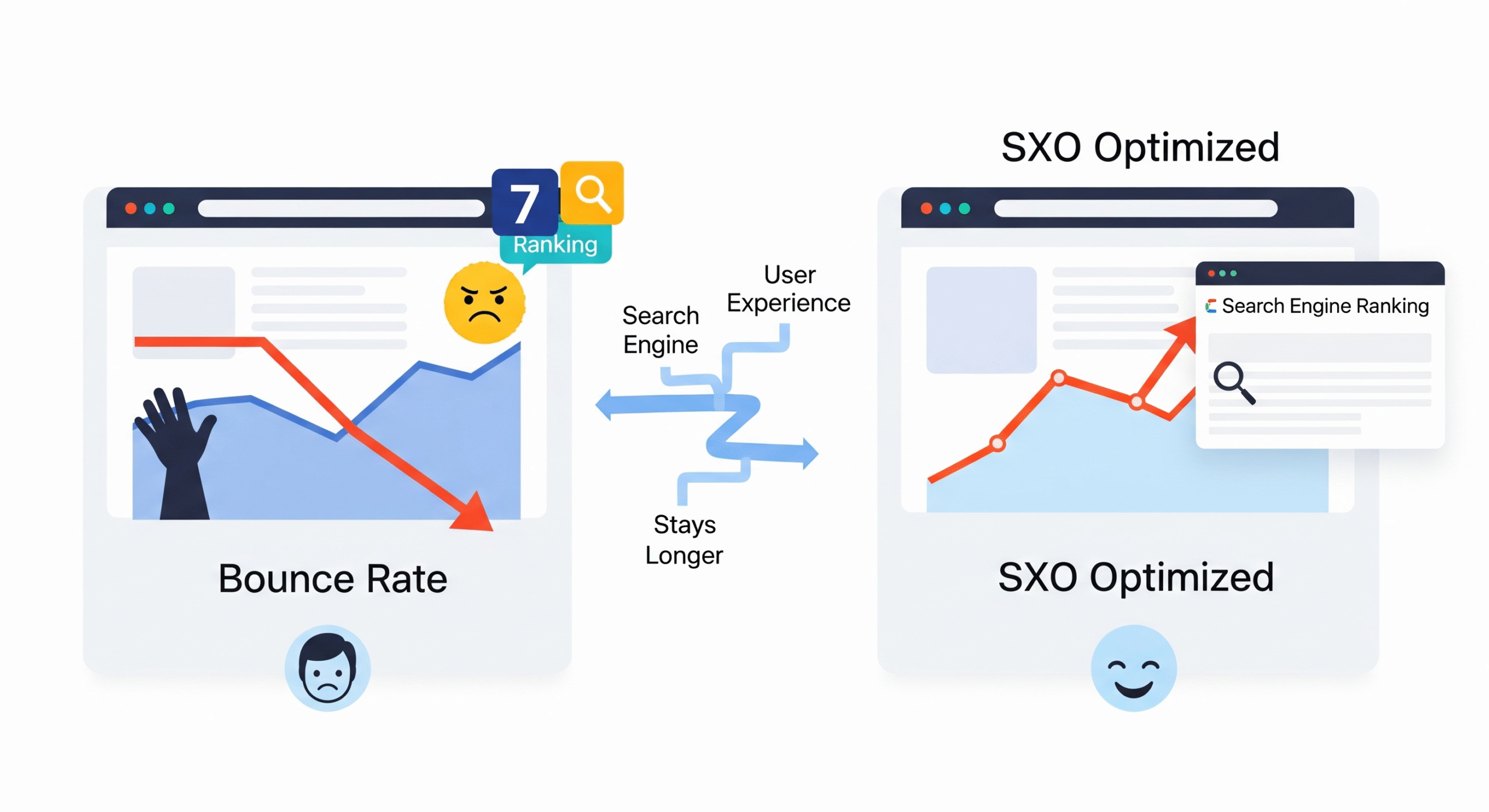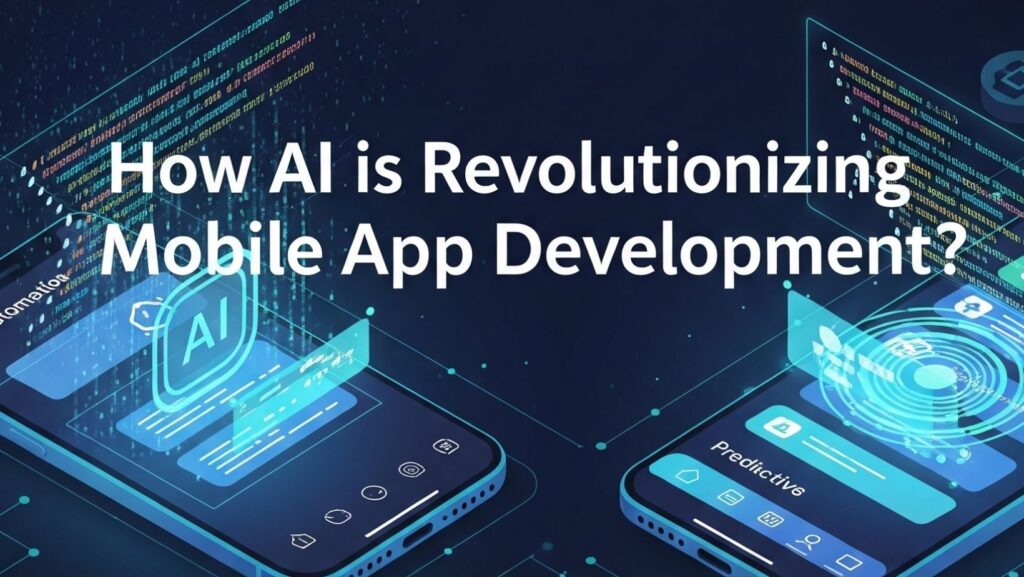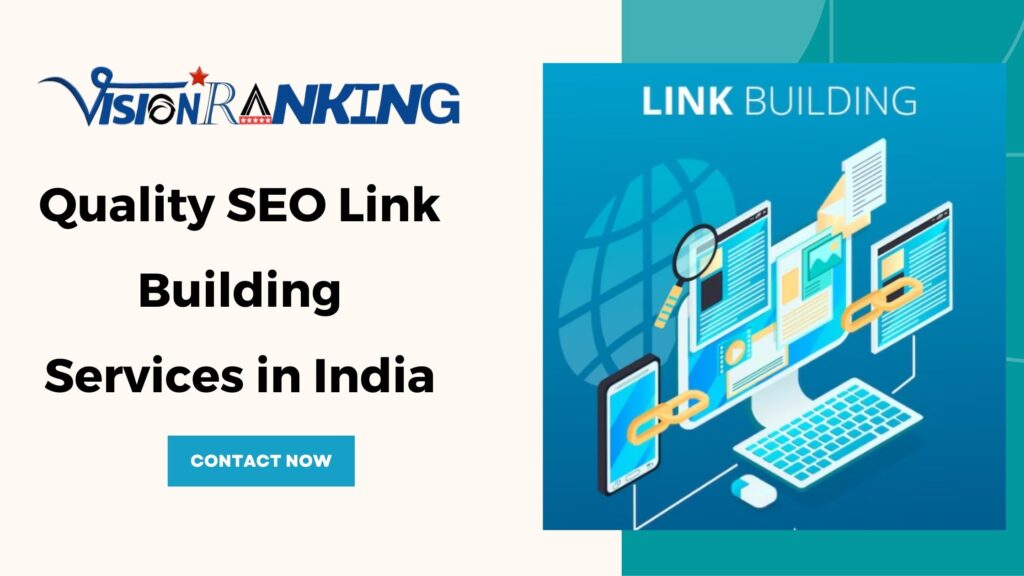Why Bounce Rate Is Killing Your SEO (And How SXO Fixes It)?
In the world of digital marketing, many businesses obsess over keywords, backlinks, and content length—yet overlook one critical metric that can make or break their SEO success: bounce rate. If users are landing on your website and quickly leaving without interaction, Google takes notice—and your rankings can take a hit. At Vision Ranking, we help businesses turn that around using a powerful and often underutilized strategy: Search Experience Optimization (SXO). This approach goes beyond traditional SEO and focuses on user satisfaction, which is increasingly becoming a key ranking factor. Let’s break down why bounce rate matters so much and how SXO can be your solution to lower bounce rates and higher conversions. 💥 What Is Bounce Rate (and Why Is It So Bad)? Bounce rate refers to the percentage of visitors who land on a page and leave without interacting or clicking to another page. While not always inherently negative, a high bounce rate usually signals that something’s off. Here’s why a high bounce rate is bad for SEO: If visitors don’t stay, engage, or convert, Google assumes your content didn’t meet their needs—and it adjusts your position accordingly. 🔍 Common Causes of High Bounce Rate Before fixing bounce rate, you need to understand what causes it: Even if your content is well-written, poor experience will push users away. That’s where SXO comes in. ✅ How SXO Fixes Bounce Rate and Boosts SEO SXO (Search Experience Optimization) is the evolution of SEO. While SEO focuses on visibility, SXO focuses on satisfying the user’s intent once they arrive. The goal is to ensure that users not only find your site but stay, engage, and convert. Here’s how SXO solves bounce rate problems: 1. ⚡ Faster Loading Times Page speed is both a UX issue and a ranking factor. With SXO, your site is optimized to load quickly across devices. A delay of just 1 second can reduce page views by 11%—and increase bounce rate. Action Tip: Use tools like Google PageSpeed Insights or GTmetrix to analyze and fix loading issues. 2. 📱 Mobile-First Design More than 60% of searches now come from mobile devices. A poor mobile experience leads to quick exits. SXO ensures your site is fully responsive, touch-friendly, and easy to navigate. At Vision Ranking, we design mobile-first experiences as part of our SXO packages. 3. 🧠 Content That Matches User Intent One major cause of bounce rate is mismatch between what the user searched for and what they find. SXO helps you align content with user intent—whether informational, navigational, or transactional. We focus on understanding intent through data analysis, helping you craft content that truly satisfies search queries. 4. 👁️ Visual Engagement & Readability Long blocks of text with no visuals turn people off. SXO focuses on content structure, adding: These not only help users scan content easily but also boost dwell time, reducing bounce. 5. 🎯 Clear and Strategic CTAs Sometimes users bounce because they don’t know what to do next. SXO fixes this with clear, contextual CTAs—whether it’s signing up, buying, booking, or reading another article. At Vision Ranking, we help structure your site journey to guide the user logically, keeping them engaged. 6. 🧩 Personalized UX and Smart Navigation SXO applies data-driven personalization to show users the most relevant offers, blogs, or products based on behavior. This creates a tailored experience that reduces exit rates. Intelligent navigation also ensures users don’t feel “stuck” on a dead-end page. 📈 SXO Isn’t Just About Rankings—It’s About Results Lowering your bounce rate with SXO doesn’t just help with rankings—it leads to higher ROI. Benefits include: 🔧 How Vision Ranking Can Help At Vision Ranking, we don’t just focus on getting you traffic—we focus on what happens after users arrive. Our SXO strategies are tailored to improve engagement, boost trust, and drive action. Whether you’re a small business or a growing brand, our team can audit your site, identify bounce triggers, and implement a full-stack SXO plan to get you results. 👉 Ready to reduce bounce rate and boost conversions?Visit visionranking.com to get started today. 🚀 Final Thoughts Bounce rate is more than just a number—it’s a reflection of your website’s ability to satisfy user needs. By focusing on SXO, you not only fix bounce issues but create an online experience that ranks well and converts even better. Don’t let high bounce rate drag you down. Shift your strategy from just Search Engine Optimization to Search Experience Optimization—and watch your traffic turn into loyal customers.






